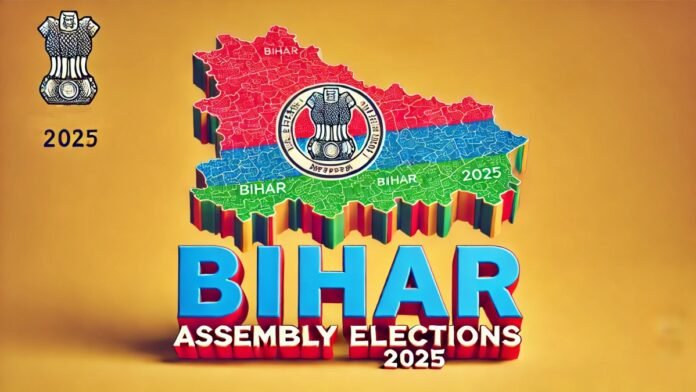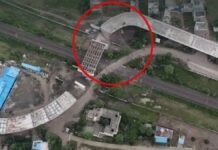
Key points:
- Phase 1 turnout: 65.09% across 121 seats in 18 districts, highest ever for a Bihar Assembly phase then.
- Phase 2 turnout: 67.14% by 5 pm across 122 seats in 20 districts; final figures to be updated by ECI.
- 70%+ districts: Kishanganj 76.26% (highest), Katihar 75.23%, Purnia 73.79%, Supaul 70.69% recorded bumper voting.
- Seemanchal focus: High participation in Muslim-concentrated districts stokes debate on INDIA bloc gains vs vote splits.
- Results: Counting on November 14; exit polls released after polls closed on Nov 11.
Patna: The first phase on November 6 logged a historic 65.09% turnout over 121 segments, setting a high baseline for participation in this cycle, as noted by the Election Commission’s updates and national coverage. Phase 2 on November 11 surpassed that momentum, hitting a provisional 67.14% by 5 pm across 122 constituencies in 20 districts, with final, certified figures expected from the ECI roll-ups later tonight or tomorrow morning.
Districts crossing 70%
Seemanchal led the surge: Kishanganj topped the table at 76.26%, followed by Katihar at 75.23% and Purnia at 73.79%, while Supaul crossed the 70% mark as well, indicating unusually high mobilization in these belts compared to past cycles. These outlier turnouts significantly exceeded the statewide 5 pm average and are likely to shape multiple close contests in the northeast arc of the state.
What the numbers may signal
Heavy voting in Muslim-concentrated districts has prompted analysis that the INDIA bloc, especially RJD-Congress-Left, could benefit from consolidated anti-incumbent voting, though this is counterbalanced by historic vote-split risks involving parties like AIMIM and the local traction of newer formations. In 2020, AIMIM won five Seemanchal seats before subsequent realignments; in 2025, dynamics differ with Pappu Yadav aligning with Congress, potentially reducing fragmentation relative to 2020 in select seats, making direct extrapolation from raw turnout hazardous without booth-level patterns.
Caveats and confirmation
Turnout at 5 pm is provisional; final participation typically inches higher after the inclusion of voters who were in line at closing time and late ECI reconciliations from presiding officers. District-level social composition does not translate linearly into seat outcomes; multi-cornered fights, candidate effects, and micro-alliances can invert simple turnout-based assumptions, so definitive inferences should await the official count.
Timeline ahead
Exit polls were permitted post-polling close on November 11 and provide directional sentiment but have shown variance in Bihar across cycles, requiring caution pending certified results. Counting of votes for both phases will be held on November 14, when constituency-wise outcomes will settle the debate on whether high Seemanchal turnout advantaged the INDIA bloc or whether NDA’s organization and splits elsewhere offset those gains.







































